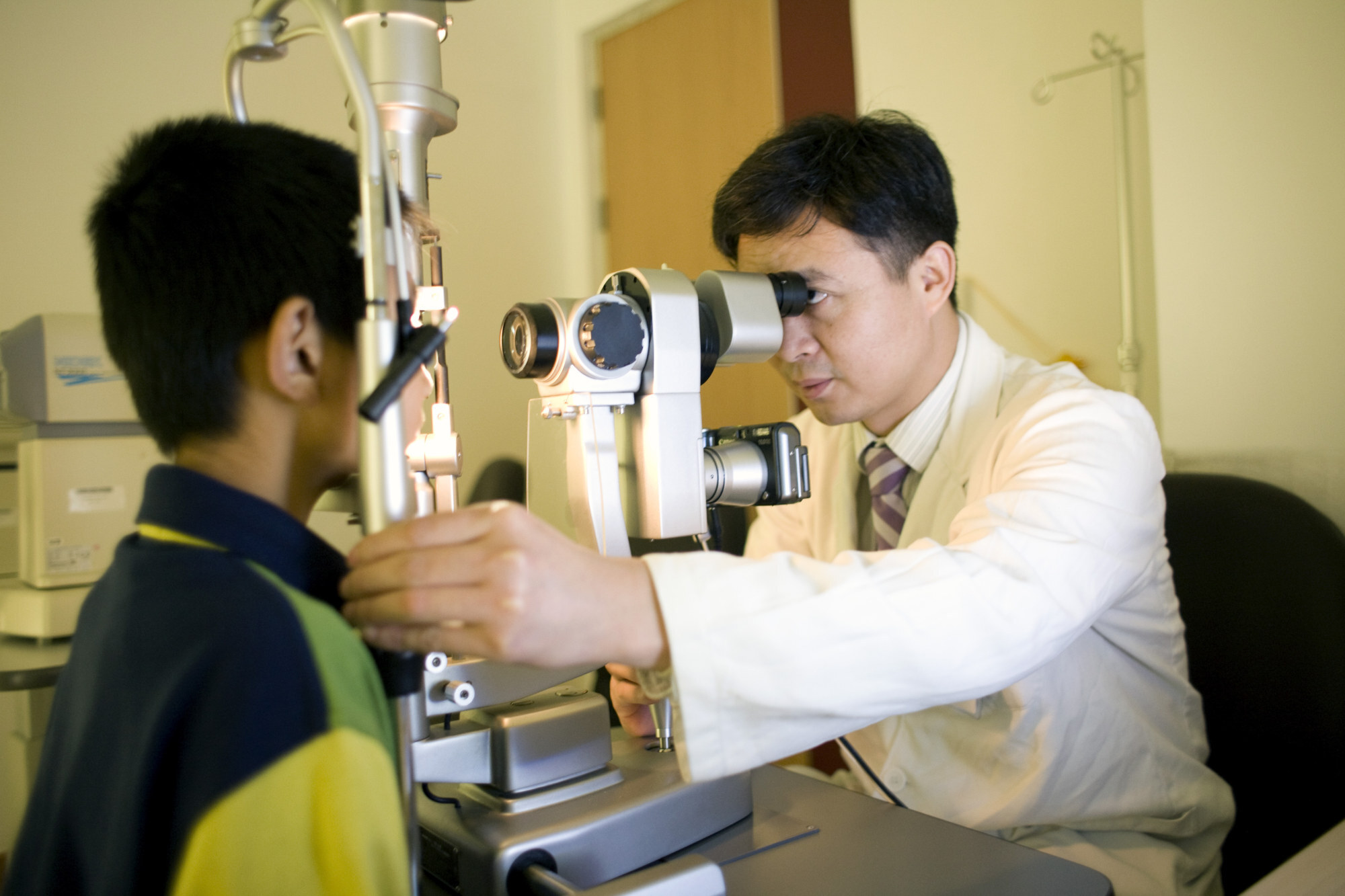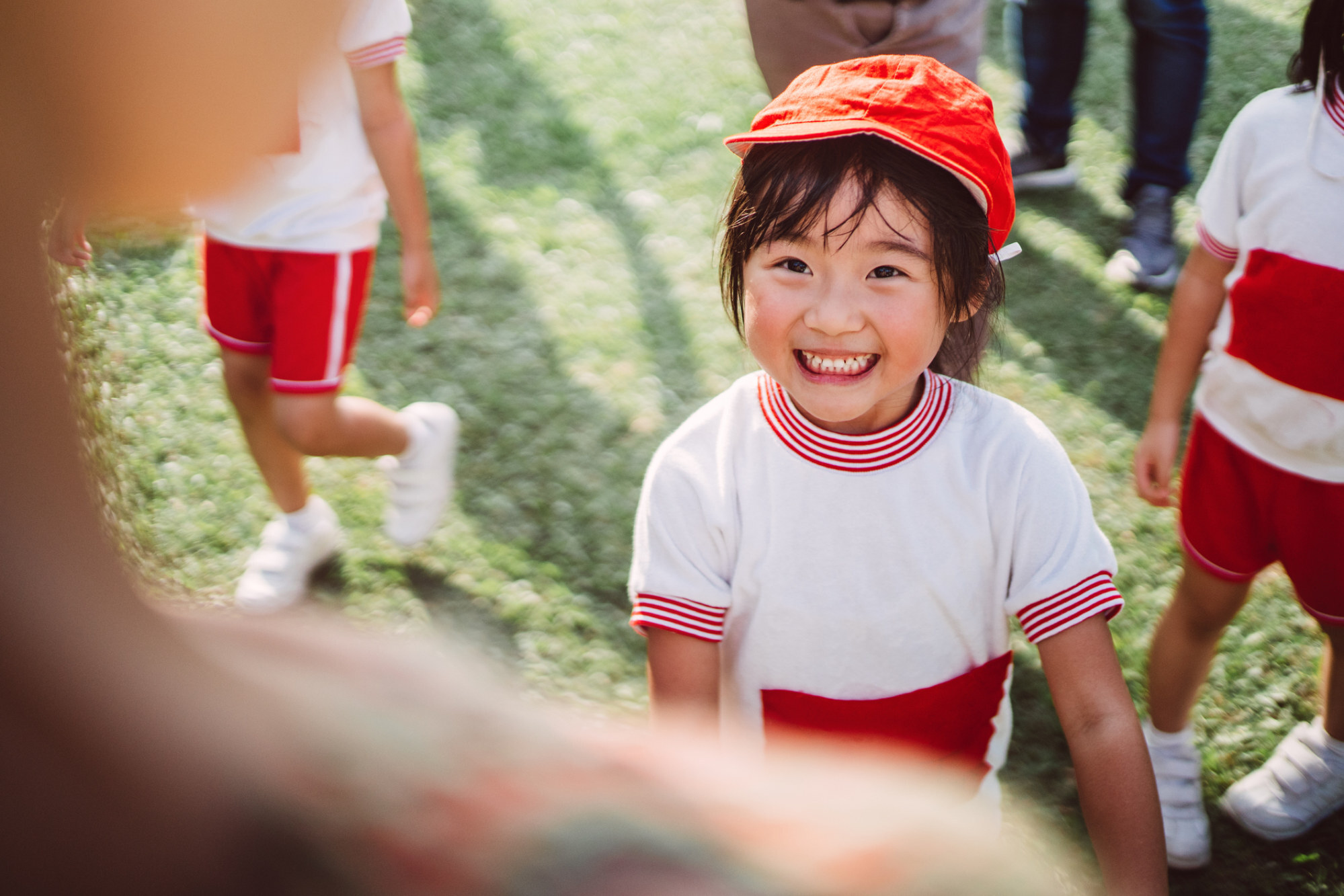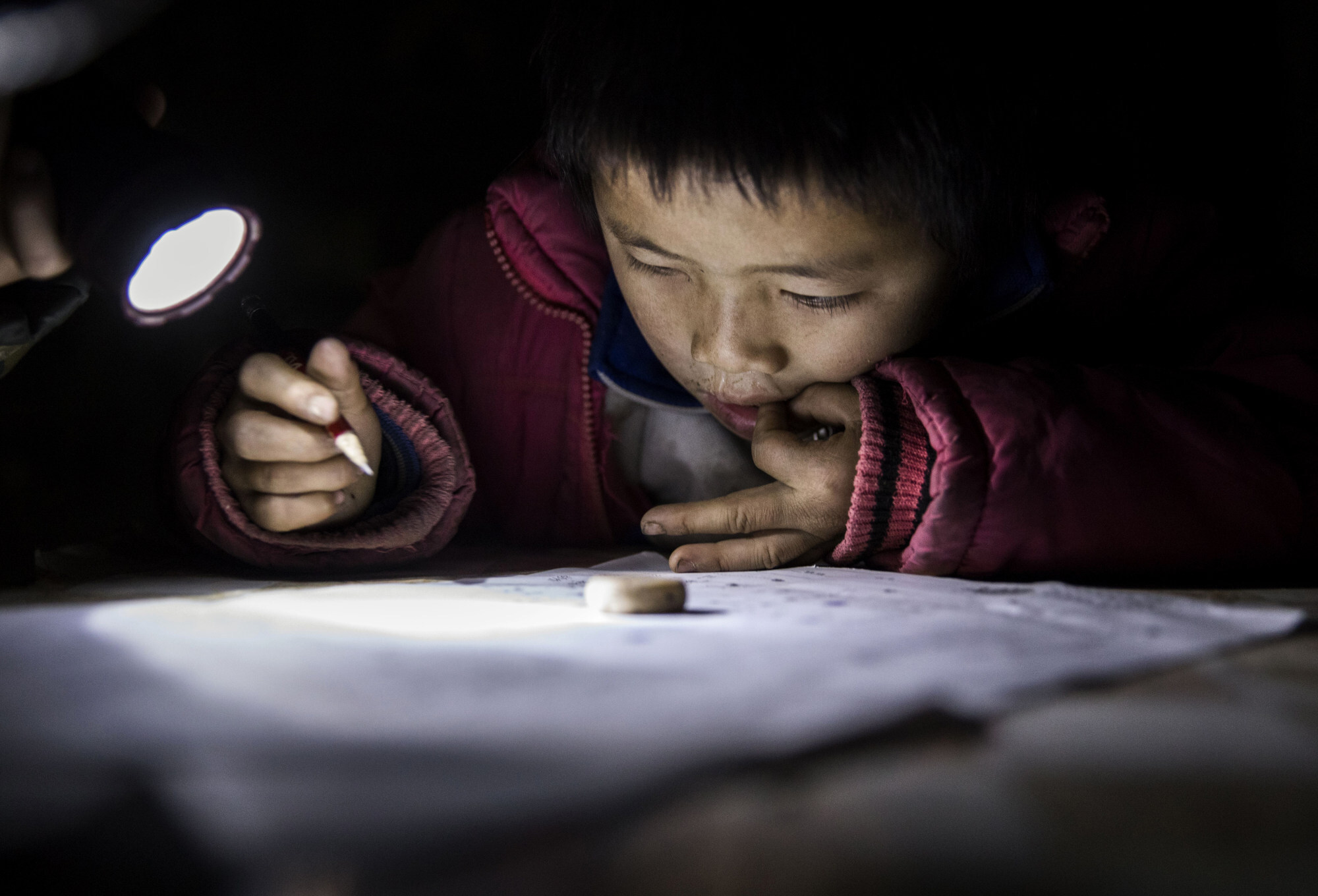
China’s bookworm students suffer from myopia epidemic, yet there’s a simple solution staring parents in the face
- Nearly 60 per cent of students aged six to 18 across China are myopic, a much greater proportion than in the West
- Under pressure to perform academically, children are spending most of their time indoors, depriving them of the sunlight that allows their eyes to develop
Despite years of talks about stemming the rising tide of short-sightedness in schoolchildren, China’s myopia epidemic continues.
Nearly 60 per cent of students aged six to 18 across China are myopic – also known as short-sighted or nearsighted – according to a recent study by researchers from Shanghai’s East China Normal University.
The incidence increases as children get older, with about a third of primary school students suffering from myopia, 65 per cent in junior high school, and 80 per cent of those in senior high school, according to the research, published by the China Youth Daily, a newspaper, last week.
Students from smaller cities are much more likely to become myopic than those in municipalities and provincial capitals, as medical resources are better in the latter, said the researchers, who interviewed over 18,000 students across China.

Myopia was found in nearly 70 per cent of school students in smaller cities, compared with 56 per cent of those living in major cities, the research showed.
In the West, the rate of myopia hovers around 10 per cent in similar age groups.
Experts believe the increasing prevalence of myopia in China’s younger population is the result of children spending too much time indoors, depriving them of sunlight that allows their eyes to develop.
Shi Wenbin, a leading expert on myopia and an ophthalmologist at the Anhui Provincial Centre of Myopia Prevention for Children in central China, said multiple studies globally had shown that if children were not given more opportunity to play in natural light, their chances of suffering early onset myopia would increase.
“Sadly, as their academic pressure increases, many Chinese children, especially in their senior years, can’t have an hour’s outdoor activity every day,” he said.

Myopia occurs when the eyeball is longer than normal or the cornea is curved too steeply. As a result, light does not focus on the retina as it should, making distant objects appear blurry.
Shi said parents’ ignorance about the condition could lead to their children being at risk of diseases that could threaten their ability to see properly.
He said most parents didn’t see the condition as a big deal, instead considering it a problem that could be easily fixed by surgery or wearing glasses.
“Others know it’s an important issue, but they tend to prioritise study [over eye health],” he added.
My son has a physical education class and a class for outdoor activities nearly every day, but they often remain seated in the classroom in those classes
Many parents had ignored the advice of education authorities to reduce the academic burden on students, pushing their children to take after-school classes that increased their homework commitments.
In 2018, reducing myopia rates became a national priority, with Beijing vowing to bring them to under 60 per cent in junior high schools and under 70 per cent in senior high schools by 2030.

More than 10 years ago, China’s State Council released a directive to schools to ensure all students took part in one hour of outdoor exercise. However, it has largely been ignored, parents say.
“My son has a physical education class and a class for outdoor activities nearly every day, but they often remain seated in the classroom in those classes either because they are taken over by teachers of other ‘more important’ subjects or the weather is bad,” said Adele Li, mother of an eight-year-old in Shanghai.
“They are not allowed to go to the playground during breaks because the school fears there can be accidents.”

The growing prevalence of myopia is not just a Chinese problem, but is an especially common issue throughout East Asia, where students are under enormous pressure to perform academically.
In Hong Kong, about 17 per cent of children are already nearsighted by the time they start grade one, according to the Department of Health, with the percentage increasing to about 53 per cent by grade six.
In Tokyo, myopia was found in over 76 per cent of primary school students and in 95 per cent of junior high school students, according to a study by researchers from the Keio University School of Medicine in 2019.
In comparison, the rate of short-sightedness is about 9 per cent in five-to-17-year-olds in the United States, 14 per cent in Ireland, and 13 per cent in Australia among children aged 11 to 17, according to a 2018 research paper from scientific journal Nature.

